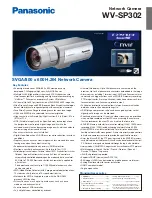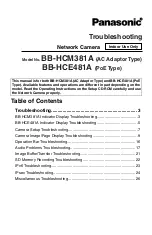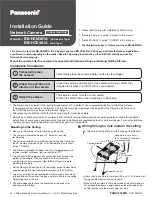
DHCP protocol
U
SER
G
UIDE
319
DHCP
PROTOCOL
DHCP-SERV
ER CONFIGURATION
To set the
dhcp-server
service on the Tiesse's router, you can use the command:
set dhcp-server <name> <options...>
where
<name>
is a DHCP pool, namely an instance of service, and
<options>
the parameters for the
same instance. By using:
set dhcp-server <name> interface <interface>
You set the specific interface on which the
dhcp-server
of the
<name>
process will act. In general,
any instance insists on a different network interface, typically a VLAN, but in some cases, it may be
necessary to have multiple instances on the same interface, in order to distinguish the parameters
to be assigned to the various clients.
The command:
set dhcp-server <name> description <string>
assigns a description to the service instance.
To specify the range of IP addresses available to the
dhcp-server
you can use:
set dhcp-server <name> start-address <ip-address>
set dhcp-server <name> end-address <ip-address>
At every request from the client, the router chooses and assigns one address between
start-address
and
end-address
The period of validity of the address assigned to the client is specified with the command:
set dhcp-server <name> lease-time <value(sec)>
It is possible to establish that some addresses will never be assigned by the command:
set dhcp-server <name> excluded-address <ip-address>
The addresses to be excluded can be put within a pool using:
set dhcp-server <name> start-excluded-address <ip-address>
set dhcp-server <name> end-exluded-address <ip-address>
while using:
set dhcp-server <name> static-lease <mac-address> <ip-address>
determines that the indicated address will only be assigned to the client with the specified MAC
address.
If the client uses the BOOTP protocol, the commands that allow you to define values for the
next-
server
to be used for the bootstrap procedure, the name of the TFTP server and the file to be
downloaded are respectively:
set dhcp-server <name> siaddr <ip-address>
set dhcp-server <name> sname <string>
set dhcp-server <name> bootfile <pathname>
















































